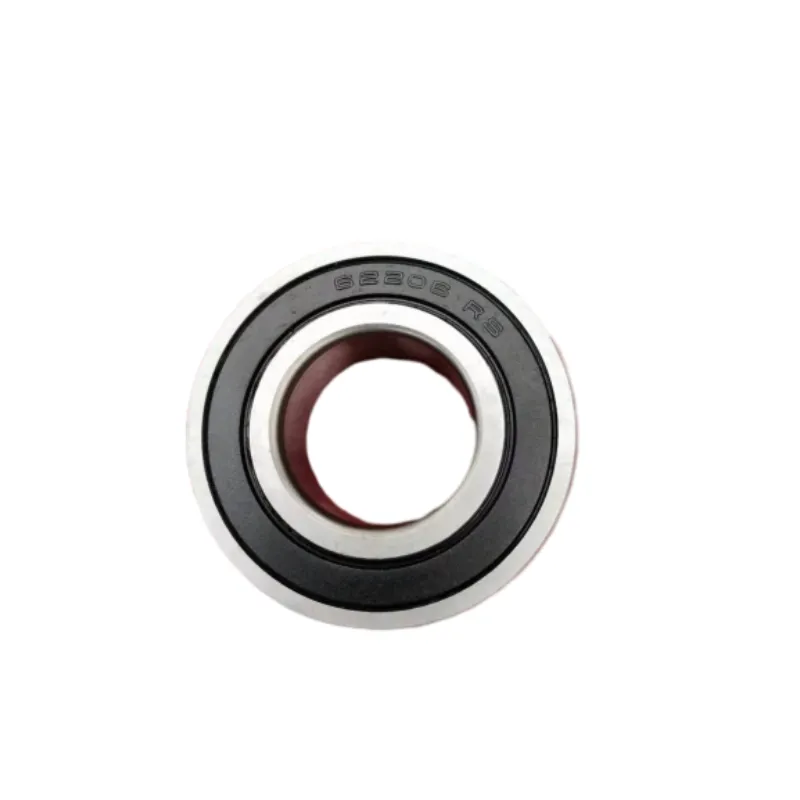
Nov . 30, 2024 07:57 Back to list
Understanding Axial Clearance in Spherical Roller Bearings for Optimal Performance and Longevity
Understanding Spherical Roller Bearing Axial Clearance
Spherical roller bearings are widely used in various applications, thanks to their ability to accommodate both radial and axial loads. One critical aspect of these bearings that significantly affects their performance and lifespan is axial clearance. In this article, we will delve into the importance of axial clearance in spherical roller bearings, how it is measured, and the factors that influence its optimal setting.
What is Axial Clearance?
Axial clearance refers to the allowable axial displacement between the rolling elements, the inner ring, and the outer ring of the bearing. It is essential for ensuring proper functioning and longevity of the bearing. When axial clearance is set correctly, it permits free movement of the rolling elements while maintaining contact with the raceways, which is essential for load distribution. An optimal axial clearance contributes to effective load handling, reduces heat generation, and minimizes wear.
Importance of Proper Axial Clearance
1. Load Distribution The primary role of axial clearance is to assist in load distribution across the bearing. An overly tight fit can lead to improper load distribution, resulting in localized stress concentrations. Conversely, excessive clearance may allow the rolling elements to move too freely, leading to increased wear and potential failure.
2. Thermal Expansion Bearings can experience significant temperature changes during operation. Proper axial clearance allows for thermal expansion of the bearing components. If clearance is insufficient, the bearing may seize, leading to catastrophic failure.
3. Contamination Management Poor axial clearance can lead to inadequate sealing against contaminants. A well-set axial clearance helps in maintaining the integrity of sealing mechanisms, thereby preventing the ingress of dirt, moisture, and other contaminants that could impact bearing performance.
4. Vibration Dampening Axial clearance can play a role in dampening vibrations. With the right clearance, the bearing can absorb and dissipate vibrations effectively, enhancing machine performance and reducing noise levels.
Measuring Axial Clearance
spherical roller bearing axial clearance

Measuring axial clearance typically involves specialized tools and techniques. The most common method includes physically positioning dial indicators or other precision measuring devices to gauge the movement of the bearing components. The measurement is often taken when the bearing is not under load to get an accurate representation of the clearance.
It’s important to note that axial clearance can vary significantly based on the design of the bearing and the application it is subjected to. Spherical roller bearings come in various designs, some of which may inherently include more or less axial clearance depending on their intended function.
Factors Influencing Axial Clearance
Several factors can influence the optimal axial clearance in spherical roller bearings
1. Load Conditions The type and magnitude of loads the bearing is subjected to can affect clearance requirements. High loads may necessitate tighter clearances to avoid excessive movement of the rolling elements.
2. Operating Temperature As noted, temperature affects the dimensions of bearing components. An increase in temperature leads to expansion, which should be accounted for in the axial clearance setting.
3. Speed The rotational speed of the bearing can influence the choice of axial clearance. Higher speeds typically require more clearance to account for increased thermal expansion and centrifugal forces acting on the rolling elements.
4. Installation Conditions Alignment and fit during installation significantly impact axial clearance. Misalignment can cause uneven wear and affect the bearing's operational life, making precise installation critical.
Conclusion
Understanding the axial clearance in spherical roller bearings is essential for ensuring optimal performance and longevity. Properly set axial clearance contributes to effective load distribution, accommodates thermal expansion, manages contamination, and dampens vibrations. By considering factors such as load conditions, operating temperature, speed, and installation procedures, engineers can enhance the performance of bearings, ensuring more reliable operation of the machinery they support. Regular monitoring and adjustment of axial clearance as necessary can prevent premature failures and extend the lifespan of both the bearing and the equipment it supports.
Latest news
-
Premium Deep Groove Ball Bearings | High Speed & Reliability
NewsAug.29,2025
-
Durable Scaffolding Clamps - Secure & Reliable Tube Connectors
NewsAug.28,2025
-
Common Failures in Thrust Ball Bearings and Solutions
NewsAug.22,2025
-
How Tapered Roller Bearings Can Take Shock Loads
NewsAug.22,2025
-
Angular Bearings in High-Precision Spindles
NewsAug.22,2025
-
The Impact of Misalignment on Cylindrical Roller Bearing Performance
NewsAug.22,2025
